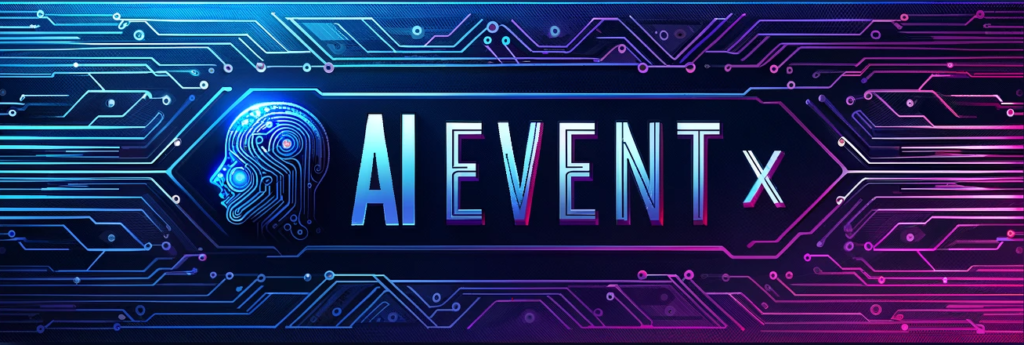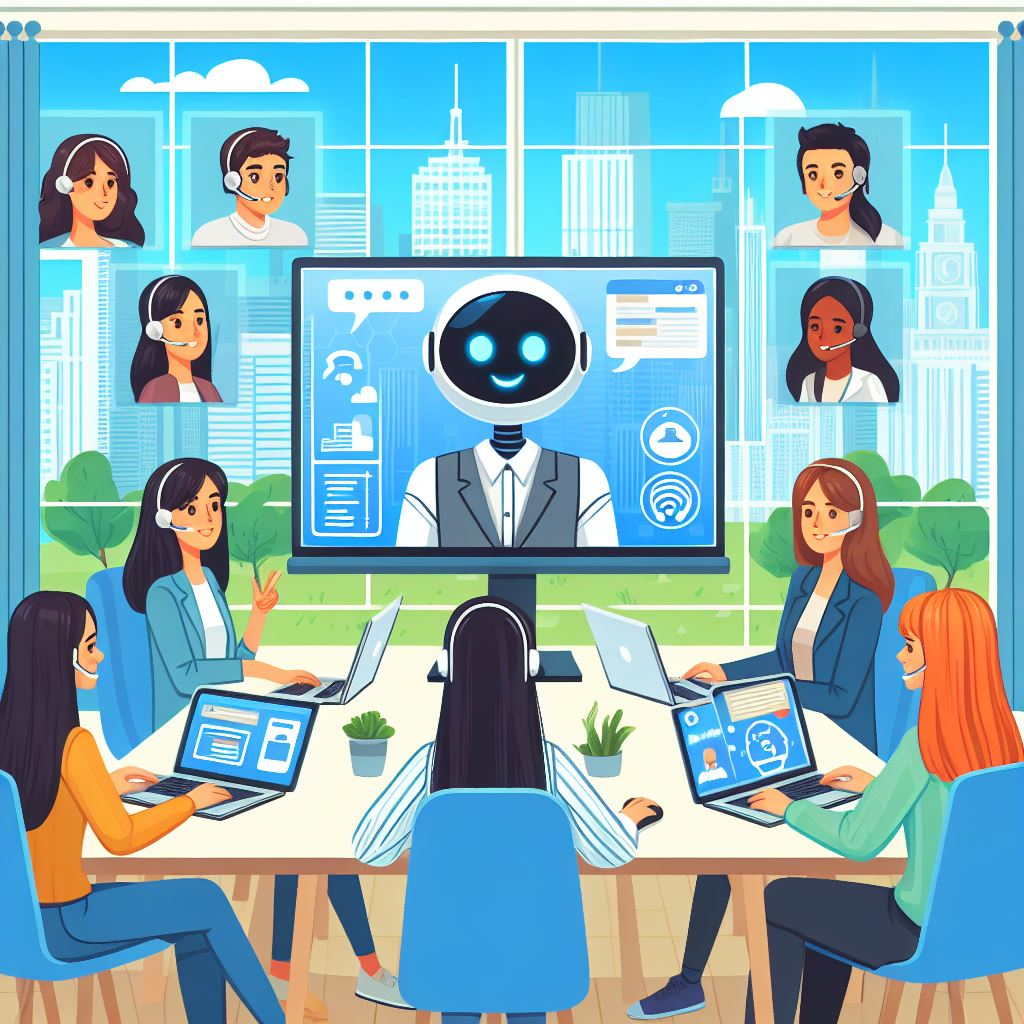In the ever-evolving landscape of education, technology continues to play a pivotal role in transforming traditional learning methods. One such revolutionary tool making waves in the educational sphere is ChatGPT, a sophisticated language model developed by OpenAI. Originally designed for natural language processing and conversation, ChatGPT has found its way into classrooms and study spaces, proving to be an invaluable asset for note-taking and educational enhancement.
Interactive Learning Experience ChatGPT
One of the standout features is its ability to provide an interactive and dynamic learning experience. Gone are the days of static textbooks and one-way lectures. With ChatGPT, students can engage in real-time conversations, asking questions and seeking clarification on complex topics. This interactive dialogue enhances comprehension and allows for personalized learning experiences, catering to the diverse needs of individual students.
Personalized Tutoring
Imagine having a personal tutor available 24/7 to assist with homework, clarify concepts, and provide additional explanations. Chat GPT makes this a reality. Its vast knowledge base and natural language understanding enable it to act as a virtual tutor, guiding students through various subjects at their own pace. Whether it’s mathematics, history, or literature, ChatGPT can adapt to different learning styles and provide tailored explanations to aid understanding.
Efficient Note-Taking Companion
Taking notes is a fundamental aspect of the learning process, and Chat GPT proves to be an excellent companion for this task. By integrating ChatGPT into note-taking workflows, students can generate concise and well-organized summaries of lectures or readings. The model’s ability to understand context ensures that notes are not only accurate but also reflect the essence of the material being studied.
Language Skill Development
In addition to its utility in conventional subjects, Chat GPT can be instrumental in developing language skills. Writing essays, crafting compelling arguments, and refining communication abilities are vital aspects of education. ChatGPT can serve as a writing assistant, offering suggestions, providing feedback, and aiding in the development of coherent and articulate written expression.
Collaborative Learning Spaces
Education is increasingly becoming a collaborative endeavor, with students working together on projects and assignments. ChatGPT facilitates collaborative learning by acting as a mediator in group discussions. It can offer insights, assist in decision-making processes, and contribute to brainstorming sessions, fostering a sense of teamwork and collective knowledge creation.
Accessible Learning for All
One of the most significant advantages of incorporating ChatGPT into education is its potential to make learning more accessible. Students with different learning styles or those who require additional support can benefit from the personalized assistance provided by ChatGPT. This inclusivity ensures that education reaches a broader audience, breaking down barriers and promoting equal opportunities for all learners.
Challenges and Considerations
While the integration of ChatGPT in education is promising, it is essential to acknowledge potential challenges. Privacy concerns, the need for reliable internet connectivity, and the importance of balancing technology with traditional teaching methods are some aspects that educators and institutions must carefully navigate.
In conclusion, ChatGPT has emerged as a powerful tool in the realm of education, revolutionizing note-taking and learning experiences. Its versatility, interactive capabilities, and potential for personalized tutoring make it a game-changer in the way students approach their studies. As the educational landscape continues to evolve, embracing innovative technologies like ChatGPT ensures that students are equipped with the tools they need for success in the 21st century.
Also Read: Gemini vs Chat GPT: A Big Comparative Analysis

